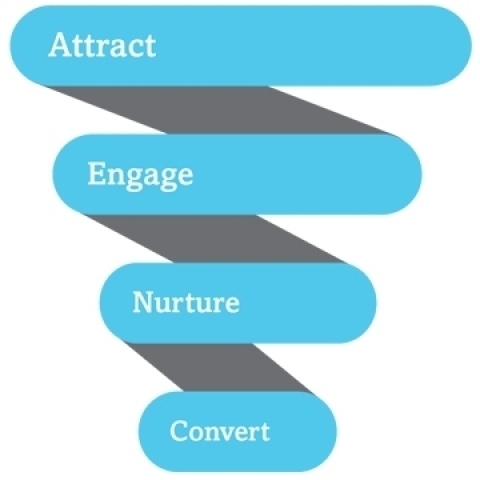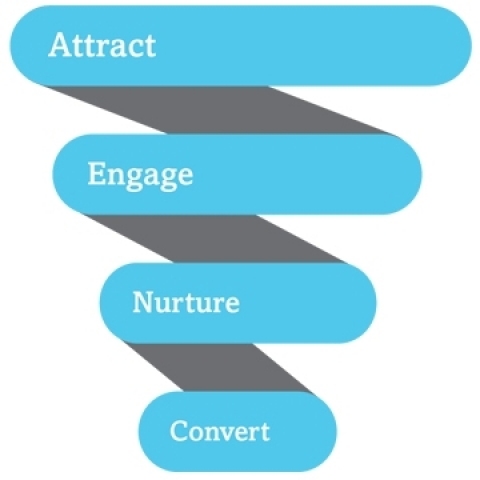Why templates aren't the bargain they appear to be
Why templates aren’t the bargain they appear to be... In the not-so-distant past, the typical company website simply functioned as an online brochure. For very small businesses still willing to settle for this limited functionality, a pre-designed template could possibly get the job done. However, it’s not really viable for a sizable company with more complex needs.










